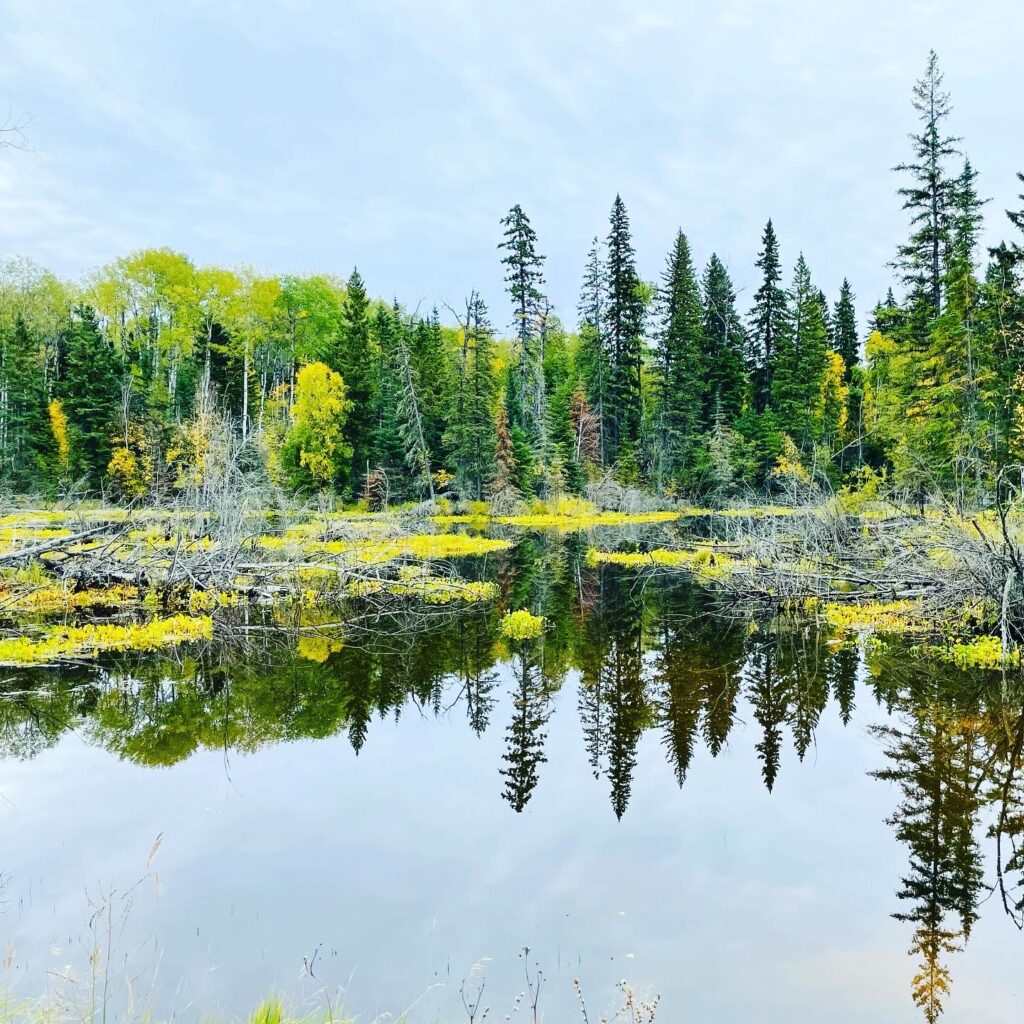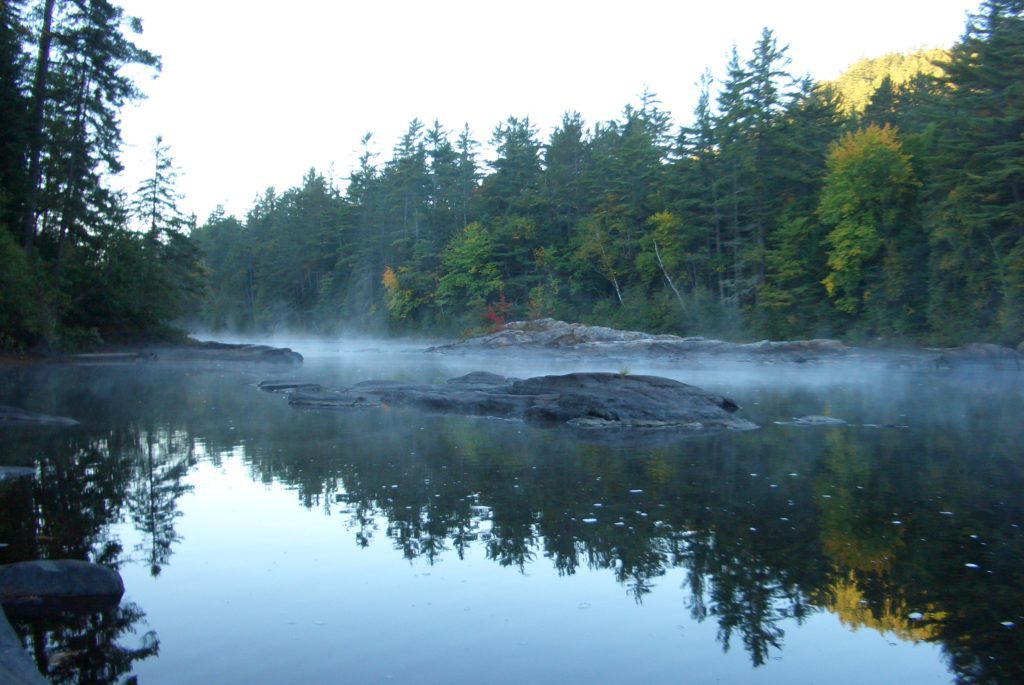Four years ago, I joined a meeting of fellow environmentalists, members of local community groups, and representatives of aggregate companies operating here in Ontario. We had come together, and would meet many times over the next couple years, to create a certification system to recognize environmentally and socially responsible gravel pits and quarries. And late last month, our work reached an important milestone when we handed out Canada’s first responsible quarry certificate.
At Environmental Defence, we had spent years fighting poorly planned and environmentally problematic gravel pit and quarry proposals. We won some cases, and lost others. But we couldn’t fight every bad application.
And, in truth, we didn’t want to fight every application. There’s a real need for aggregates – they are the fundamental building blocks of our cities and the infrastructure needed to move and house people. They are necessary to build the complete walkable and transit-friendly communities that we at Environmental Defence support.
But the status quo wasn’t working to protect the environment or communities near proposed aggregate operations. It turned out it wasn’t working for the aggregate companies either. The long, drawn out hearings, community opposition and strained public relations, along with the uncertainty about whether an application would be approved or not wasn’t in anyone’s interests.
So we came together to forge another way forward and created the CSC Responsible Aggregates Standard. In late February, CSC granted its first certification to the Dufferin quarry in Acton. In doing so, we passed a major marker on the road to environmentally and socially responsible aggregates or “greener gravel.”
To receive certification, the Acton quarry was audited against a series of principles and requirements around community consultation and engagement, First Nations consultation, and environmental sustainability, all of which go above and beyond the current legal requirements in Ontario.
Among other things, the responsible aggregates standard requires that site operators reach out to and involve the community in the planning stage as early as possible, and proactively share information with them. There are also a number of requirements pertaining to First Nations engagement and involvement. And there are a series of environmental requirements, including a requirement to avoid impacts to the most sensitive and significant natural heritage features – significant wetlands, significant woodlands, and core areas of natural heritage systems. Any impacts caused elsewhere must be offset or compensated for, which will ultimately protect and enhance more natural spaces and species habitat in Ontario.
It’s a huge leap forward. But it’s important to understand that the standard is not perfect. It won’t mean no more pits and quarries, or that there will no longer be any impacts from pits and quarry operations, even certified ones. Rather, it’s an attempt to balance the need for aggregates with the needs of communities and the environment, and to ease the tension between those competing needs and interests.
But it’s equally important to understand that the standard is a very significant improvement over the status quo. It’s being piloted now, and as it get tested and applied, it will be refined, and improved.
Thanks to CRH, the parent company of Dufferin Aggregates, testing of the standard can now begin in earnest. Dufferin has been part of the standards-making process from the start, and its leadership should be recognized and celebrated.
Dufferin has committed to certifying more sites, and we encourage other companies to follow Dufferin’s lead. Also, with the certification of Dufferin’s Acton quarry, certified aggregates can now begin to get into the market, and into roads, bridges and buildings. Municipalities can begin to purchase the product, and communities can engage with the standard and text its effectiveness.
It’s been a long road, and there’s still more to go before the end. But a major milestone has been achieved – one that promises a future of greener gravel.









